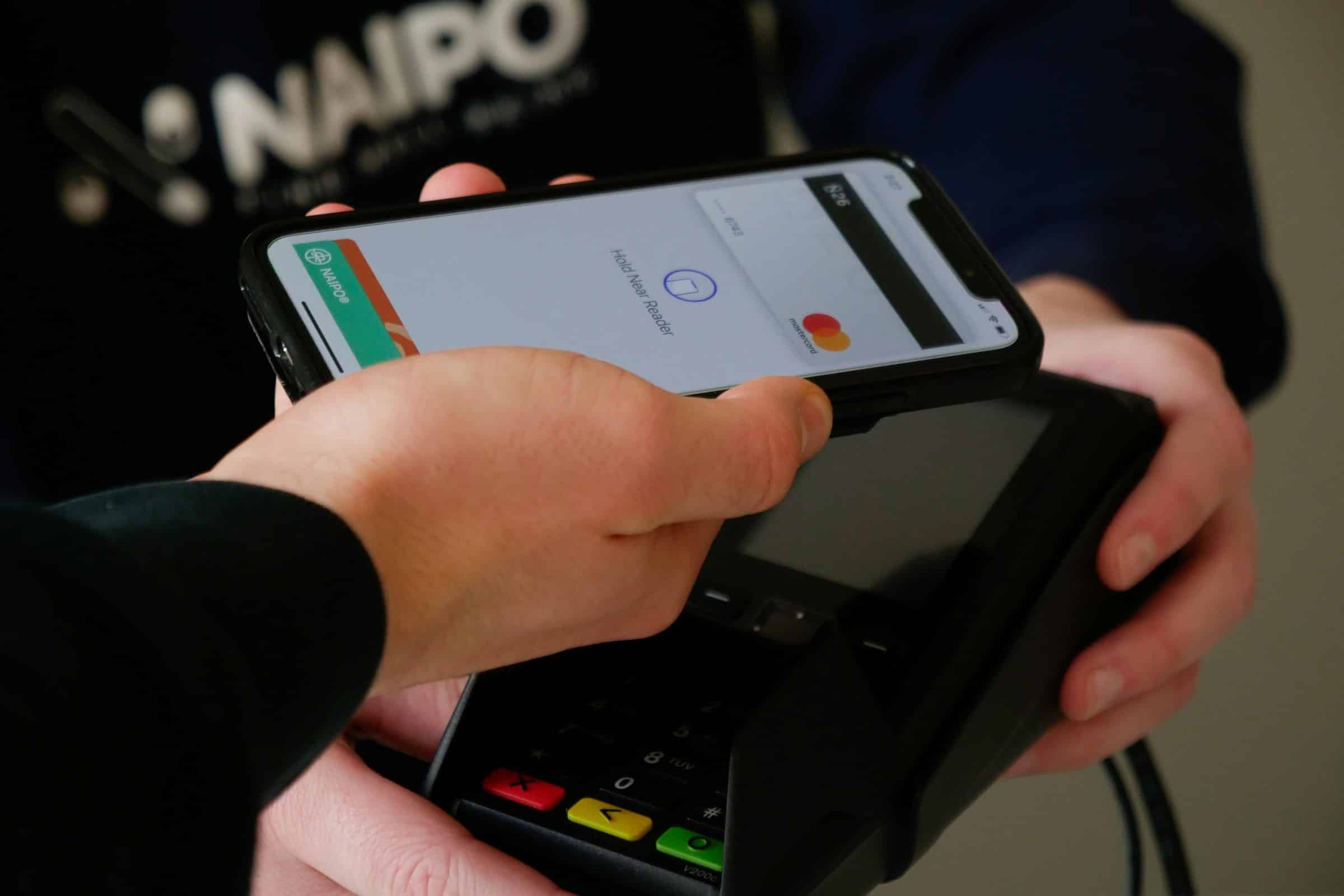What Are the Best Practices for Using Your Smartphone as a Mobile Wallet?

In the age of digital transformation, your smartphone has evolved from a communication device to a versatile tool that simplifies various aspects of daily life. One of its most significant advancements is its ability to function as a mobile wallet. This innovation allows you to store your payment cards digitally, making transactions more convenient and secure. However, with great convenience comes the need for vigilance. This article delves into the best practices for using your smartphone as a mobile wallet, ensuring your financial data remains safe while you enjoy the benefits of digital payments.
Understanding Mobile Wallets
Mobile wallets, such as Apple Pay, Google Pay, and Samsung Pay, have revolutionized the way we conduct financial transactions. These apps store your credit card information securely on your smartphone, enabling you to make purchases by simply tapping your device at a payment terminal. This technology is not only convenient but also offers enhanced security compared to traditional payment methods.
A lire aussi : Can You Use Your Smartphone to Control a Smart Garage Door Opener?
When using a mobile wallet, it’s essential to understand how it works. Your credit card details are encrypted and stored in a secure element within your phone. When you make a payment, the mobile wallet uses a tokenization process, replacing sensitive card information with a unique identifier or token, which is useless to fraudsters if intercepted. This means your actual card details are never shared with the merchant.
To maximize the benefits of mobile wallets, consider the following best practices:
A lire aussi : How to Use Your Smartphone for Secure Digital Payments?
- Choose a Reputable Mobile Wallet App: Opt for well-known, secure mobile wallets such as Apple Pay, Google Pay, or Samsung Pay. These platforms are rigorously tested for security vulnerabilities and are continually updated to protect against new threats.
- Set Up Strong Authentication: Enable biometric authentication (such as fingerprint or facial recognition) and a strong passcode on your phone. This adds an extra layer of security, ensuring that only you can access your digital wallet.
- Regularly Update Your Phone and Apps: Keep your smartphone and mobile wallet app updated to the latest versions. Updates often include critical security patches that protect against vulnerabilities.
By understanding the core functionality and security features of mobile wallets, you’ll be better equipped to use your smartphone for mobile payments safely and efficiently.
Security Tips for Using Your Mobile Wallet
Security is paramount when using your smartphone as a digital wallet. Given the sensitive nature of the financial information stored on your device, it’s crucial to adopt best practices that enhance your security posture.
First and foremost, always lock your phone. Use biometric authentication, such as fingerprint scanning or facial recognition, in conjunction with a strong, unique passcode. This multi-factor approach significantly reduces the risk of unauthorized access.
Another key practice is to monitor your accounts regularly. Keep an eye on your bank statements and transaction history within the mobile wallet app. If you notice any suspicious activity, report it immediately to your bank and the mobile wallet provider.
Additionally, enable notifications for transactions. This feature alerts you instantly when a payment is made using your mobile wallet, allowing you to spot and address unauthorized transactions promptly.
Be cautious about the networks you connect to when using your digital wallet. Avoid making transactions over public Wi-Fi, as these networks are often less secure and more susceptible to hacking. Instead, use a secure, private connection such as your mobile data or a trusted Wi-Fi network.
It’s also wise to use a secure mobile wallet app. Stick to well-established platforms like Apple Pay, Google Pay, or Samsung Pay. These apps are designed with robust security measures, including encryption and tokenization, which protect your card information during transactions.
Consider adding an extra layer of protection by installing a reputable anti-virus and anti-malware app on your smartphone. These tools can help detect and neutralize potential threats before they compromise your device and sensitive information.
Lastly, backup your data regularly. In case your phone is lost or stolen, having a backup ensures you can quickly restore your information to a new device without significant disruption.
By following these security tips, you can confidently use your smartphone as a mobile wallet, knowing that your financial information is well-protected against potential threats.
Maximizing Convenience with Mobile Wallets
The convenience of using mobile wallets cannot be overstated. They streamline your financial transactions, making payments faster and more efficient, while also reducing the need to carry physical credit cards. Here are some best practices to ensure you’re getting the most out of your digital wallet.
Start by adding all your payment cards to your mobile wallet app. Whether it’s your primary credit card, debit card, or even loyalty cards, having them all in one place makes it easier to manage your finances. Most mobile wallet apps support multiple cards, allowing you to choose the best payment method for each transaction.
Take advantage of contactless payments. Mobile wallets use Near Field Communication (NFC) technology, enabling you to pay by simply holding your phone near a compatible terminal. This is not only faster but also more hygienic, as it reduces physical contact with payment terminals.
Additionally, explore the rewards and offers available through your mobile wallet app. Many platforms, such as Apple Pay and Google Pay, partner with retailers to offer exclusive discounts and cashback deals. By staying informed about these promotions, you can save money on everyday purchases.
For those who frequently use public transportation, consider linking your transit passes to your mobile wallet. This integration makes it easy to pay for rides without fumbling for cash or a separate card, improving your overall commuting experience.
Another way to maximize convenience is by setting up automatic payments. If your mobile wallet app supports it, automate recurring payments for bills, subscriptions, or memberships. This ensures you never miss a payment and helps maintain a good credit score.
Lastly, don’t forget to sync your mobile wallet across devices. If you have multiple devices, such as a smartphone and a smartwatch, ensure your mobile wallet is accessible from each one. This provides flexibility, allowing you to make payments even if one device is unavailable.
By following these practices, you can fully leverage the convenience of mobile wallets, making every transaction smooth and efficient.
Staying Informed and Updated
The world of digital payments is constantly evolving, with new features and security measures being introduced regularly. To make the most of your mobile wallet, it’s essential to stay informed and updated on the latest developments.
Start by subscribing to updates from your mobile wallet provider. Whether you use Apple Pay, Google Pay, or Samsung Pay, staying in the loop with their announcements ensures you’re aware of any changes or new features. These updates often include enhancements to security protocols and new functionalities that can further improve your user experience.
Engage with online communities and forums dedicated to digital payments. Platforms like Reddit or specialized tech forums are excellent places to learn from other users’ experiences, ask questions, and share your insights. These communities can provide valuable tips and tricks that you might not find elsewhere.
Consider following technology news websites and blogs. They often cover the latest trends and innovations in the world of digital payments, offering deeper insights into how you can optimize your mobile wallet usage. Staying informed helps you anticipate and adapt to changes in the digital payments landscape.
Regularly review the security settings on your mobile wallet app. As new security features are rolled out, ensure you’re taking full advantage of them. This might include enabling two-factor authentication, setting up additional verification steps for large transactions, or utilizing advanced biometric options.
Don’t overlook the importance of updating your personal information within the mobile wallet app. Ensure your contact details, billing information, and linked accounts are current. This not only ensures smooth transactions but also enhances security by keeping your data accurate.
Lastly, educate yourself on the latest security threats and best practices. Cybersecurity is an ever-changing field, and staying informed about new risks can help you take proactive measures to protect your digital wallet. Resources like cybersecurity blogs, news articles, and industry reports are excellent ways to stay updated.
By continuously educating yourself and staying informed, you can navigate the world of mobile payments with confidence, ensuring your digital wallet remains a secure and efficient tool for managing your finances.
Using your smartphone as a mobile wallet offers unparalleled convenience and security for managing your financial transactions. By understanding the functionality of mobile wallets, adopting robust security measures, maximizing convenience, and staying informed, you can make the most of this technology.
To recap, choose reputable mobile wallet apps like Apple Pay, Google Pay, or Samsung Pay, and ensure your device is protected with strong authentication methods. Regularly monitor your accounts and be cautious of the networks you use for transactions. Embrace the convenience of contactless payments, rewards, and automated services, and keep yourself updated on the latest features and security practices.
By following these best practices, you can confidently use your smartphone as a mobile wallet, enjoying the benefits of digital payments while safeguarding your financial information.
